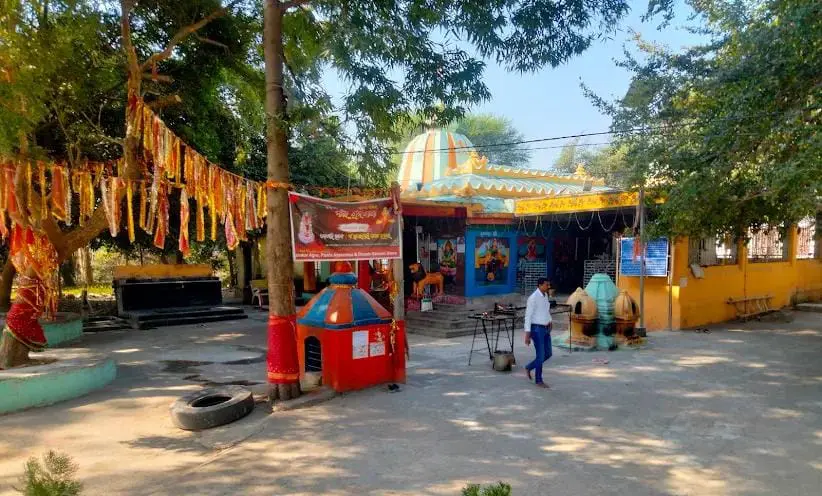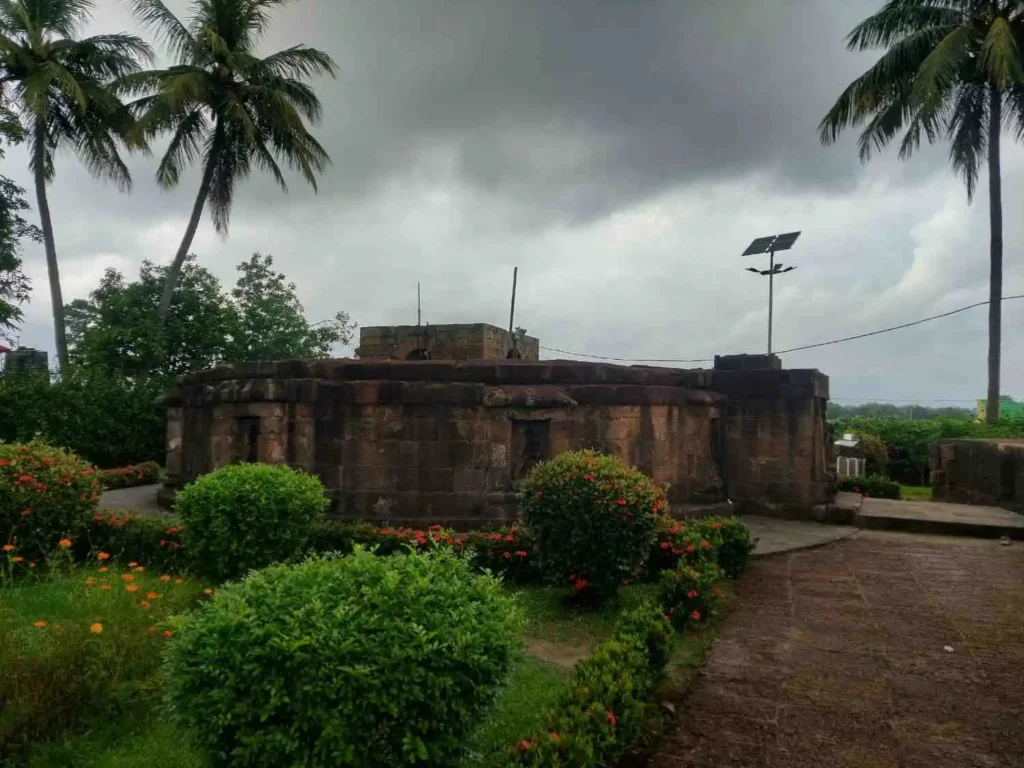
Table of Contents
Introduction to Sonepur Sureswari Temple
Located in the quaint district of Subarnapur (formerly Sonepur), the Sureswari Temple is more than a religious site—indeed, it is the spiritual heartbeat of Western Odisha. Widely revered as the presiding deity of Subarnapur, Maa Sureswari is a powerful form of Mahishasuramardini Durga, worshipped with immense devotion and local pride.
Strategically set on the left bank of the Tel river, close to the historic Subarnameru and Rameswar temples, this temple is undoubtedly one of the oldest surviving Shakti Peethas in Odisha.Historical Roots and Mythological Connections

Although the exact origin of the temple is difficult to trace, legends and local traditions give us a powerful narrative. According to myth, Parashurama, the warrior sage, built the temple to atone for his sin of slaying Kshatriyas. To do so, he performed a yagna and constructed an altar here, believed to still exist. Interestingly, some locals even identify it as the sacred seat of Renuka, his mother.
From a historical perspective, during the Somavamsi dynasty, the goddess was worshipped as the guardian deity of the Sonepur fort, making her both a spiritual and territorial protector. Eventually, the temple as we see it today was built by Chouhan King Achal Singh Deo (1725–1750), who enshrined the eight-armed Durga idol as the main deity.Unique Rituals and Offerings at Sureswari Temple

- Traditional drumbeats of “Dig Digo Bali Chang Chang”
- The Barua, a symbolic representative of the goddess, dancing across temples and streets
- Communities perform animal sacrifice rituals, though now controversial, as they believe these bring blessings
Cultural Relevance Beyond Sonepur
The Bali Jatra isn’t just a local celebration—in fact, it resonates across Bolangir, Boudh, and Sambalpur districts. Alongside Maa Samaleswari and Maa Khambeswari, Sureswari is considered one of the triad Shakti centers that command immense respect and attention during the festive season.
Consequently, this shared celebration turns Sonepur into a cultural magnet, attracting hundreds of devotees, folk artists, and curious travelers alike.Spiritual Symbolism and Philosophy of Sureswari Worship
- Durga as the universal protector
- Non-duality of matter and energy, expressed as the inseparability of the goddess and the divine masculine
- The belief that the mother goddess embodies both mercy and strength


